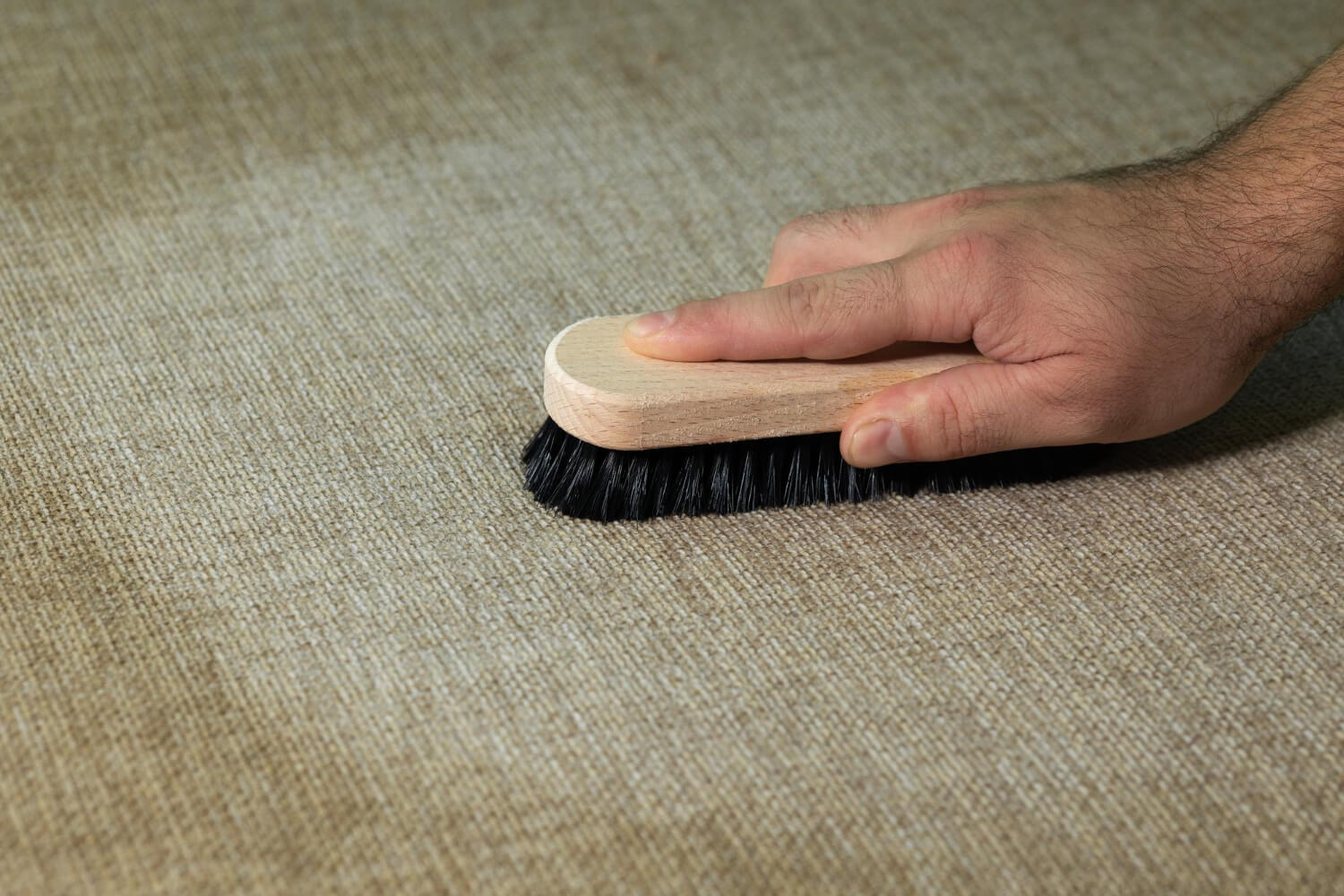
+1 403-312-8815

Stains can result from various substances both liquids and solids. A stain is a discoloration that is clearly different from the material it is found upon, but it can also involve the solidification or chemical bonding of substances to the fabric. Odor typically results from the decomposition of organic matter, which releases gasses that have a distinct smell. These odors can penetrate deeply into the fibers of carpets and upholstery, making them difficult to remove. Stains and odor can especially become a common affair if you have toddlers and kids in the house. In this article, we’ll do a deep dive on stains and odor and understand causes, treatments, and preventive actions to keep our households clean and tidy.
Common causes include spills of food and beverages, pet accidents, and everyday dirt and grime. Organic materials such as urine, sweat, and food particles are primary sources of persistent odors. These substances, if not treated promptly, can result in deeply set stains and lingering odors that are hard to eliminate.
Stains form when substances penetrate the fibers of a material, often binding with the material’s dye or surface. There are significant differences between water-soluble and non-water-soluble stains. Water-soluble stains, such as those from beverages like soda or wine, dissolve in water and are generally easier to remove with water-based cleaning agents, although coffee for example is near impossible to remove, depending on age and the depth of stainage . Inorganic stains, such as those from mud or rust, contain mineral elements that can adhere strongly to fibers and often require specialized cleaning solutions to break down these minerals. Non-water-soluble stains, such as grease, oil, or tar, do not dissolve in water and require solvents or detergents to break down the oils and lift the stains from the fabric. Acidic substances, in particular, can cause lasting damage by chemically altering the fabric’s composition, leading to more permanent and challenging stains.
Materials like wool, silk, and cotton are highly absorbent and easily stained. These materials can suffer from discoloration, fiber weakening, and even permanent damage if not treated promptly and properly: natural materials are prone to chemical damage limiting the use of chemical solutions to a minimum. Synthetic materials, while sometimes more resistant, can also be damaged by aggressive cleaning agents or improper cleaning techniques.
Contrary to popular belief, eco-friendly carpet cleaning solutions are just as effective as their conventional counterparts. These products use advanced cleaning technologies and natural ingredients to break down dirt, stains, and odors without the need for harsh chemicals. Eco-friendly cleaners penetrate deep into the carpet fibers, leaving your carpets clean, fresh, and free of harmful residues.

#1 Carpet Cleaning Service in Calgary